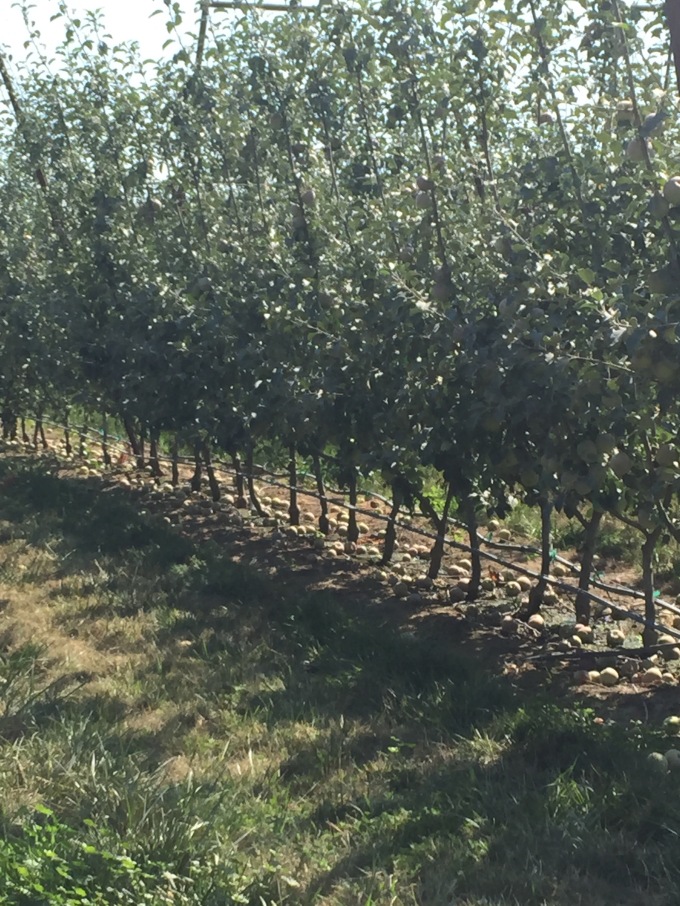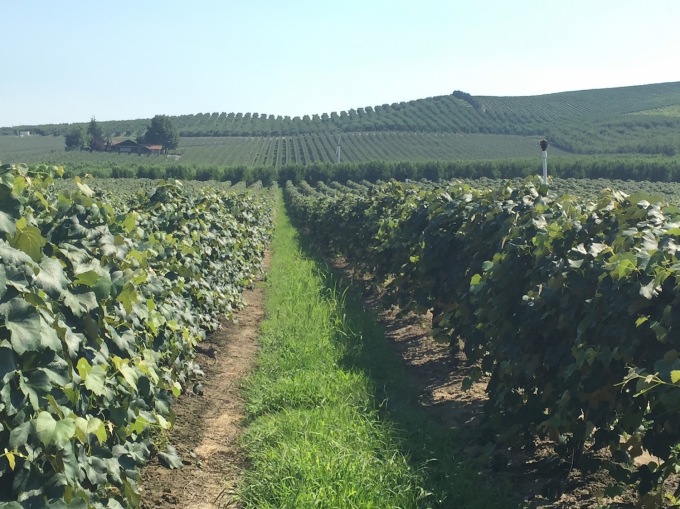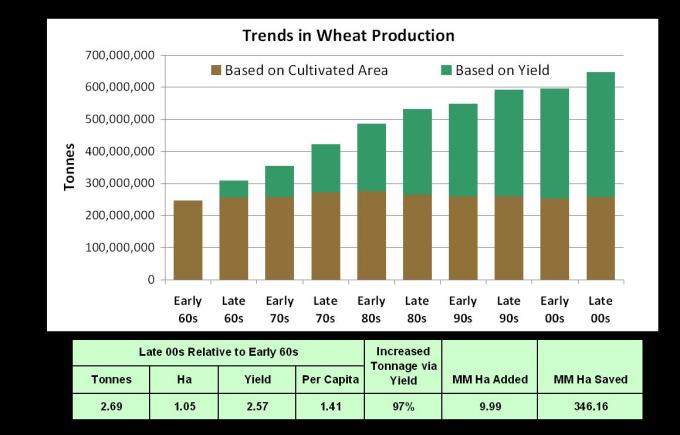 |
| Hash browns cooking - regular potatoes on the left and the new "White Russet" biotech potatoes on the right |
These potatoes have been approved for sale and are in many stores, but are not yet in stores where I live. Colleagues at Simplot Biosciences were kind enough to mail me a bag. I also posted a video about using this excellent new product. There is a next generation of potatoes going through the USDA deregulation process. In addition to the traits that reduce food waste (non-browning/bruising, low sugars in storage) and enhance food safety (reduced acrylamide production during frying), the latest potatoes also have a gene from wild potatoes that makes them resistant to a disease called late blight. That is what caused the Irish Potato Famine in the 19th century and an issue for potato growing to this day. The following is the comment I submitted to the USDA in support of deregulation:
(Submitted to USDA on 10/11/16 - https://www.regulations.gov/docket?D=APHIS-2016-0057)
I am writing to support the deregulation of the X17 and Y9 potato lines which involve the same modifications as in previously deregulated lines. Potatoes are a difficult crop to breed because they only rarely make seed and are polyploid. While new lines are being developed, there is a substantial advantage of being able to modify older varieties that have proven field performance and desirable characteristics for cooking. In this case the modified lines are Ranger Russet and Atlantic which are both important commercial varieties.
As with earlier lines, the RNAi gene silencing mechanism has been used to reduce the potential for acrylamide formation during cooking, reduce sugar production during storage which lowers quality, and reducing bruising and browning. Together the last two traits will help to reduce food waste. I believe that consumers will also find these potatoes to be quite desirable.
This week I had the chance to cook some of the Russet Burbank cultivar with this non-browning/bruising trait. I like to make hash browns with fresh potatoes but because of the browning issue I have to grate the potatoes directly into the hot oil. With these modified potatoes I was able to grate the potatoes and form them into servings prior to frying. The non-modified potato I used for comparison was definitely inferior in terms of appearance and taste (I've included a picture of the hashbrowns - the upper one is with a standard potato and the lower one is with the down-regulation of the polyphenol oxidase gene. I will certainly be looking forward to seeing more of these potatoes in commercial channels.
 |
| Top hashbrown from a standard Russet Burbank, lower from a White Russet, modified version. |
Some critics have implied that the RNAi gene silencing mechanism could have unintended effects. I believe that this discussion developed by Food Standards Australia New Zealand does an excellent job of debunking the paper by Heinemann et al which is often cited in this context. Small double stranded RNAs are abundant in the food supply and this mechanism of gene regulation is widespread among eukaryotes.
As a plant pathologist I am particularly excited about one of the traits included in these new potato lines - resistance to the late blight fungus, Phytopthora infestans. Not only did that disease cause the Irish Potato Famine in the 1800s, it represents a major management burden for potato growers around the world today. To be able to include plant resistance in an integrated control program will be extremely helpful for potato growers. The gene, VNT1, comes from wild potatoes native to South America. To move that gene through conventional breeding would be slow and it would be very difficult to get back to the horticultural and culinary characteristics of desirable potatoes like Ranger Russet or Atlantic. This is an extremely logical application of modern biotechnology and one that would make a great deal of sense for other crops like grapes or coffee which also have pools of genetic diversity which are hard to utilize using conventional or even marker-assisted breeding.
To conclude it makes perfect sense to deregulate this crop as it presents no plant pest risk and substantial societal benefit in terms of food waste reduction and disease management.












